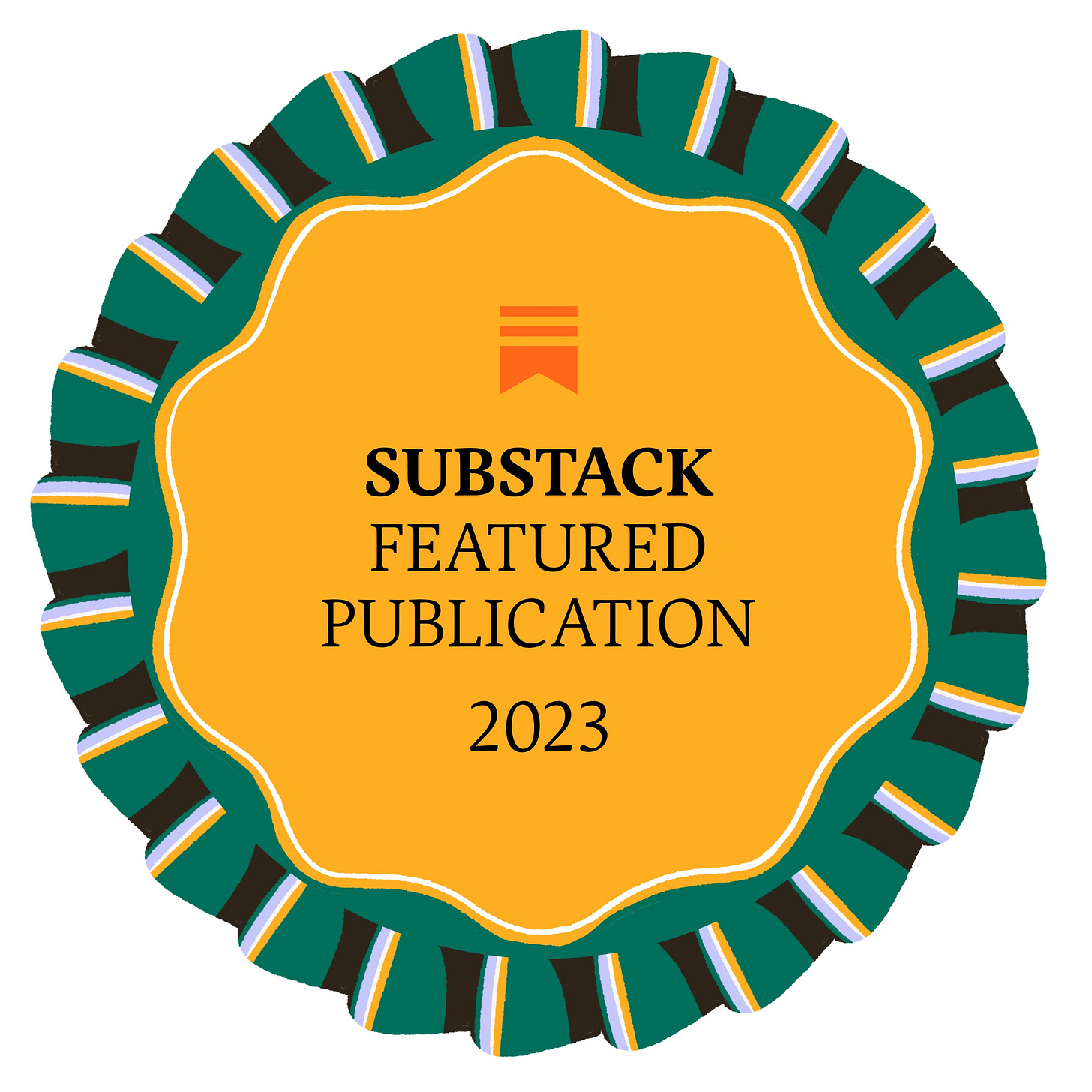Why I started a Substack
I’ve been writing the newsletter for – geez, has it really been this long? – almost six years.
The newsletter has given me a chance to build a following of subscribers interested in long-form pieces about decision strategy and its components. I’ve been lucky to find a large audience of people interested in what I have to say.
But it’s been frustrating to round up all these folks that share my passion in decision making, only to lack a channel to hear from them – you! – and create a dialogue around this topic I am so passionate about.
I feel like we’ve built the start of a community (or at least something potentially “community-ish”) through the newsletter. Substack will give us a chance to do that more and do it better.
Twitter has given me a taste of that interaction. I’ve gotten access to information and opinions from people who have commented on my tweets. We’ve shared some good discussions. And I’ve made many friends in the process. The limitation of Twitter, of course, is that its format makes it difficult to present long-form content.
Substack offers the best of both worlds: a way for me to write long-form content, as well as to interact with people who want to join me in exploring decision making.
The Next Chapter in Our Adventure.
I believe Substack is our chance to build on what we’ve done together over the past few years with the newsletter and on Twitter. We’re all bound by our interest in decision making, and this next step will make us a real community: more diverse in exploration of opinions and perspectives and connected more closely through our dialogue.
Good News for Readers of My Email Newsletter
If you're a subscriber to my newsletter, you’ll get everything that you were getting from the newsletter on Substack, the same content, for free. That’s not going to change. If you’re not a subscriber but you see the kinds of things I’ve written in that newsletter or are familiar with my books, other writing, or podcast appearances, you can subscribe here for free and get the same newsletter experience I’ve been developing for the last six years.
What’s new with a paid subscription
In an effort to build an even stronger community around decision making, I’m offering several premiums that come with a paid subscription.
I crave more of that interaction and want to do what I can to promote it here on Substack. Toward that end, I’m providing a list of goodies to encourage you to subscribe for $6 per month (or even less if you subscribe for a year):
1) Access to four Zoom AMAs per year.
2) Access to “The Mailbag,” which will give you the opportunity to submit questions. I will answer questions in Mailbag posts (viewable only to paid subscribers) at least monthly.
3) Access to some subscriber-only discussion threads.
4) Founding subscribers will also receive discounts on the decision-making classes that I offer on Maven.com.
Subscribed
The Kind of Newsletter Items I Write
In February 2018, I published my first book on decision making, Thinking in Bets. In the year before publication, I started an email newsletter featuring long-form writing on decision-making subjects that sparked my interest and that I felt were worth sharing.
It’s hard to define exactly what that consists of, but this was how I initially described it in early newsletter editions:
“Decision strategy and its components: human behavior, science, uncertainty, failure, collaboration, dissent, exchange of ideas, probabilistic thinking, and anything I think might attract the attention of people interested in those subjects.”
Obviously, you can also find out a lot about my background and perspective on decision making from my books: Thinking in Bets, How to Decide, and Quit.
Just as an example of an item from a recent edition, I saw a Bloomberg.com headline last summer that read, “MILLIONS OF AMERICANS REGRET THE GREAT RESIGNATION.” That piece frustrated be enough to write about the misleading (though technically accurate) nature of the headline and and the accompanying article.
In the first 5 months of 2022, about 20 million people quit their jobs. According to the sub-head, “About one-quarter of job-leavers rue the decision.”
To me, the reasoning cried out for a closer look. Yes, if 25% of those people regretted quitting, it would be “millions.” But if 15 million people don’t regret quitting, isn’t it at least an open question whether the statistic supports the general point of the article, that so much quitting was a bad idea?
The piece I wrote touched on framing, as well as the generally negative reputation of quitting and the cognitive and motivational headwinds that keep us from walking away when we should (my recent favorite topic!).
(If you’re curious to see the full piece I wrote, you can read that newsletter article here.)
My initial interest in that Great Resignation headline led me to mention it on Twitter, start a discussion, some of which made it into the newsletter. That’s part of why the conversational aspect through comments that Substack offers is so attractive to me.
Thanks for joining me on our journey to understand and improve our decision making!



